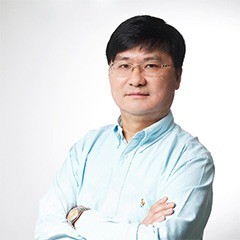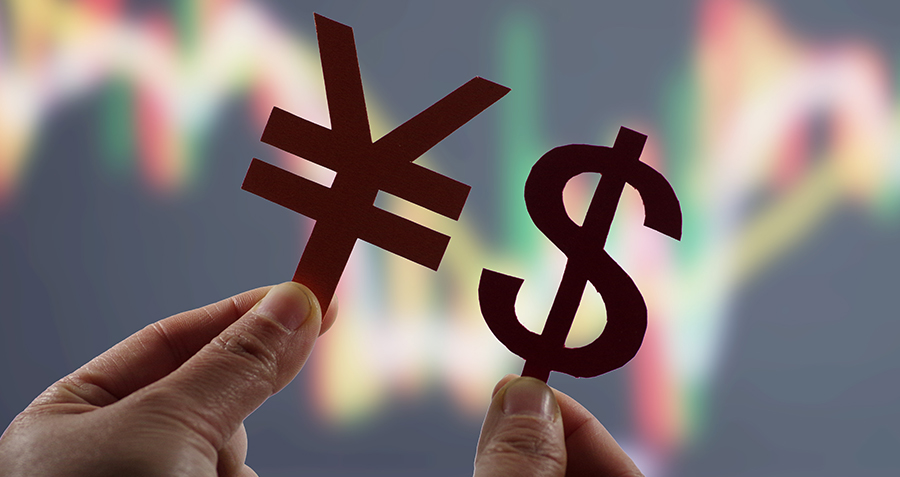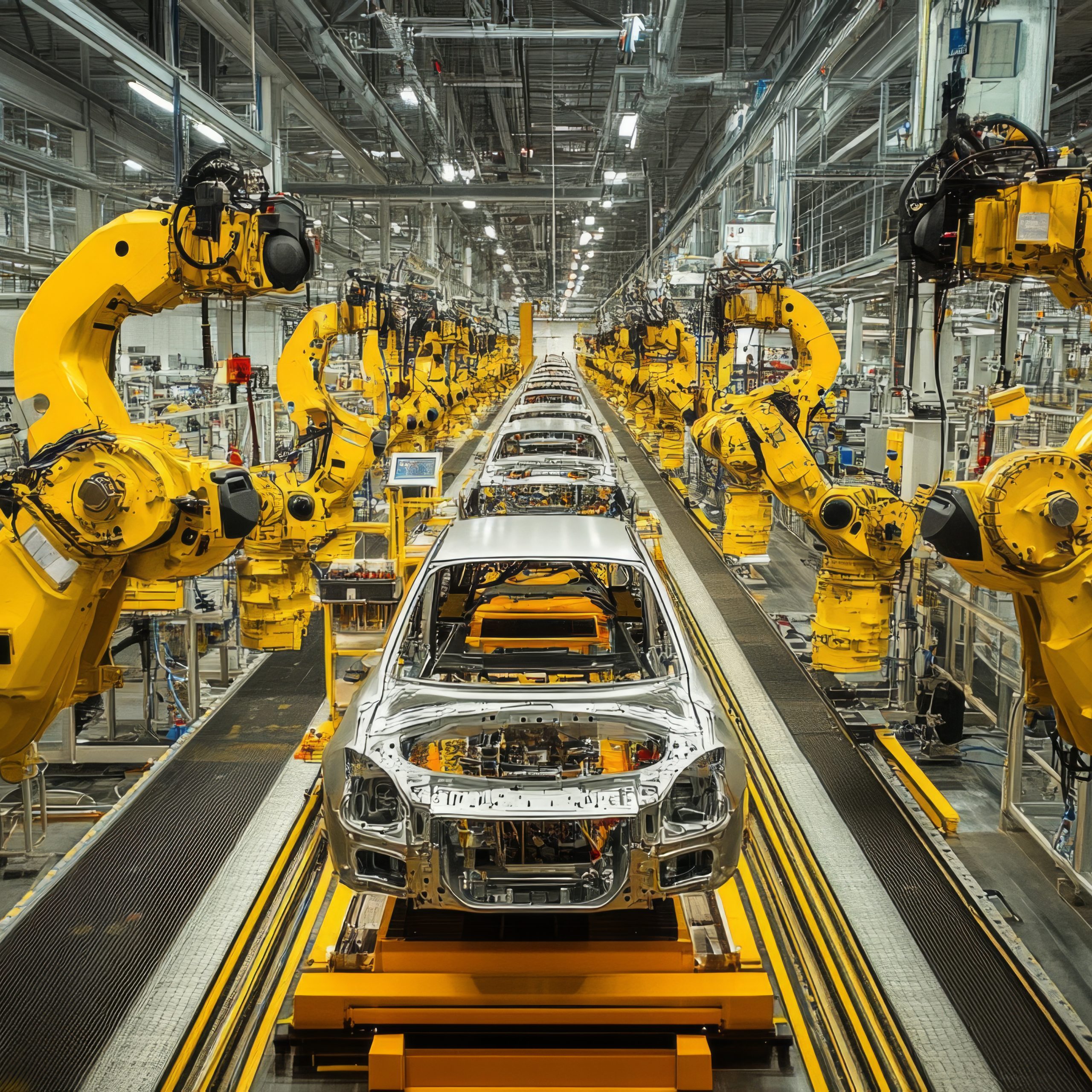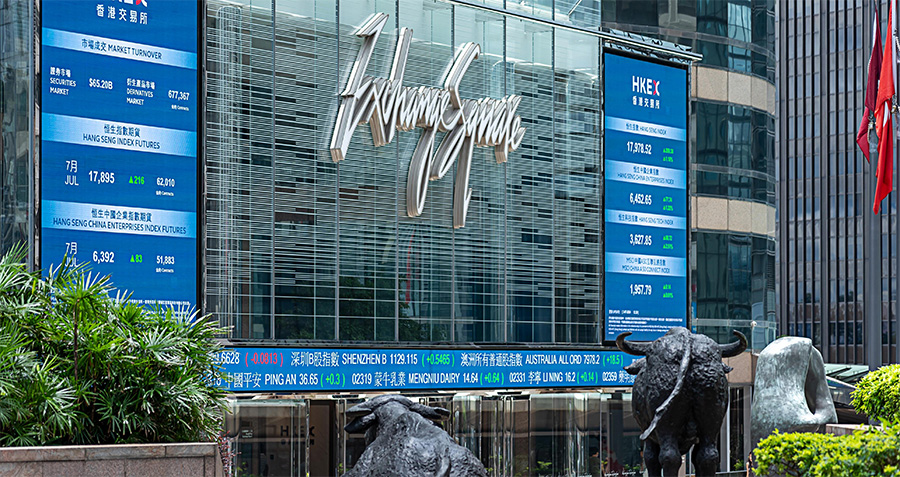In 2020, China’s digital economy made up nearly 40% of the country’s total gross domestic product (GDP). As the world’s most rapidly growing digital economy, China is seeing its digital transformation changing the way businesses function. Everyday lives of people’s interactions and consumption habits are all changing with the vast digital ecosystems produced by tech giants like Alibaba, Tencent and ByteDance.
To study this phenomenon and what it means for China’s economy in the future, CKGSB Professor of Finance, Chunsheng Zhou has focused his research on the supply in China’s digital economy, how businesses and governments should cope with it and how it affects business and economic strategies, which has culminated in his new book, “Limitless Supply: The New Economy in the Digital Era.”
Unlike the traditional economy where resources such as land, labor and capital limit production capacity, in the digital economy, production factors like data and technologies are limitless, producing supply that can be used over and over again. Dr. Zhou coined the term “limitless supply products” to refer to products that can be supplied simultaneously or in a short time, without any limit, at no marginal cost to satisfy any market demand. He argues that the way that digital products are supplied in a digital economy alters the way businesses set their profit models, pricing strategies and growth targets. We sat down with Professor Zhou to learn more.
- Could you define “digital economy?”
The digital economy is an economic phenomenon in which the rapid rise of Artificial Intelligence (AI), big data and mobile internet bring forth new industries, products, services and business models, to stimulate new consumer demands and disrupt our traditional consumption concepts. It is quite different from the traditional economy. In my theory, I call it “limitless supply economy”, a system composed of limitless supply products, including copyrights, scientific and technological achievements, computer software, and digital products. These products and the new economic system fueled by data and technologies will change the way we do business.
- How do typical companies operate in the “digital economy?”
In today’s digital economy, or “limitless supply economy”, products are supplied to more consumers with zero marginal cost. Companies don’t have to worry about production limit. As long as demand is there, companies can gain explosive growth and expand at a staggering speed. Products like Wechat, Tik Tok, ZOOM, operating systems and other software, for example, are typical limitless supply products. Companies like ByteDance and Tencent are very young but are already gaining high revenue and acquiring massive customers because of the nature of their products is limitless.
- How would latecomers survive in an environment where large companies tend to seize most of the market share?
Since growth depends on demand for companies with ‘limitless supply products,’ these companies with attractive products tend to balloon in size. For example, companies such as Facebook, ZOOM, Tik Tok have become giants and market leaders in a relatively short amount of time. Therefore, latecomers have to find niche markets, invent new products, create new business models or at least make better products in order to survive and grow.
- How do companies manufacturing limitless supply products choose their profit models?
Digital products backed by technologies, such as Microsoft’s Windows or Tencent’s Wechat, make it possible for their companies to expand by growing their customer base rather than investing in fixed assets. Due to this attribute, companies with digital products, like Alibaba, Tencent and ByteDance in China and Facebook, Google and Amazon in the US, focus on marketing to acquire as many users as possible and to profit from the traffic created. In the new economy, there are roughly two different business models. One is to directly sell the digital products, like what Microsoft does with its Windows application. The other is to provide products to direct users at a very low price or even for free and, instead, earn derived revenues from people’s usage of its service. Taking Wechat as an example, everybody can download the app for free but Wechat makes a huge amount of money from its financial, advertisement, gaming and other commercial services.
- If the supply becomes limitless, how do you think it will affect the pricing strategies for businesses under a new supply-and-demand relation?
The marginal cost of limitless supply products is zero, meaning their producers can increase the supply without raising cost. But in theory, we can still determine the optimal or best price of a product based on a formula “marginal revenue is equal to marginal cost” or “MR=MC”. That’s the case when the product has only one function. Physical products such as a smart phone are products driven by data and use a combination of limited supply products and limitless supply products. For example, a smart phone generally consists of a body, installed applications and an operating system, with the latter two being limitless supply products. In this case, the price of these applications or the functions the applications provide is determined by the demand or how popular the company expects their products to be.
- Why is China’s new economy booming but its GDP growth slowing?
Traditionally people believe that technologies’ main function is to increase productivity. But nowadays we see that technologies are mainly used to improve the quality of the product or to provide new products and new services. For example, for most people if they have a smartphone, then there is no need to get a camera as the functions are integrated in one product. People also get to enjoy some services and products for free, for example making free videos calls using Wechat. In this sense, it is natural that GDP seems to be slowing down as these traditional businesses are no longer recorded in the GDP statistics. As the economy is now dominated by light-asset companies producing limitless supply products, we are seeing a plummeting growth rate of fixed asset investment to slightly above 5% from 25% some 15 years ago. GDP is not as accurate as before to reflect the economy. Relevant authorities should optimize the way we gauge economic growth to reflect the new digital and technology-powered world.
- What are your suggestions for business leaders to adapt to the fast-changing economy in China? What are some of the challenges we face?
Everybody needs to keep up with the trend in order to thrive going forward. I believe digitalization holds the key to future successes for business leaders no matter what industries or sectors. Business leaders also have to embrace innovation to maintain their competitive edge.
Many people call the new economy a disruption. It is true that new business models can sometimes be bad news for some traditional industries as it destroyed many old models. For instance, e-commerce challenges brick-and-mortar stores and forces them to think outside of the traditional business model. Some old jobs are disappearing but new ones are being created. Technology makes our lives much easier and more convenient and makes many products cheaper. Now that the economic and technological transformation is here to stay, we can only equip ourselves with new skills to seize the advantages they offer.
Check out our video interview with Professor Chunsheng Zhou below!























